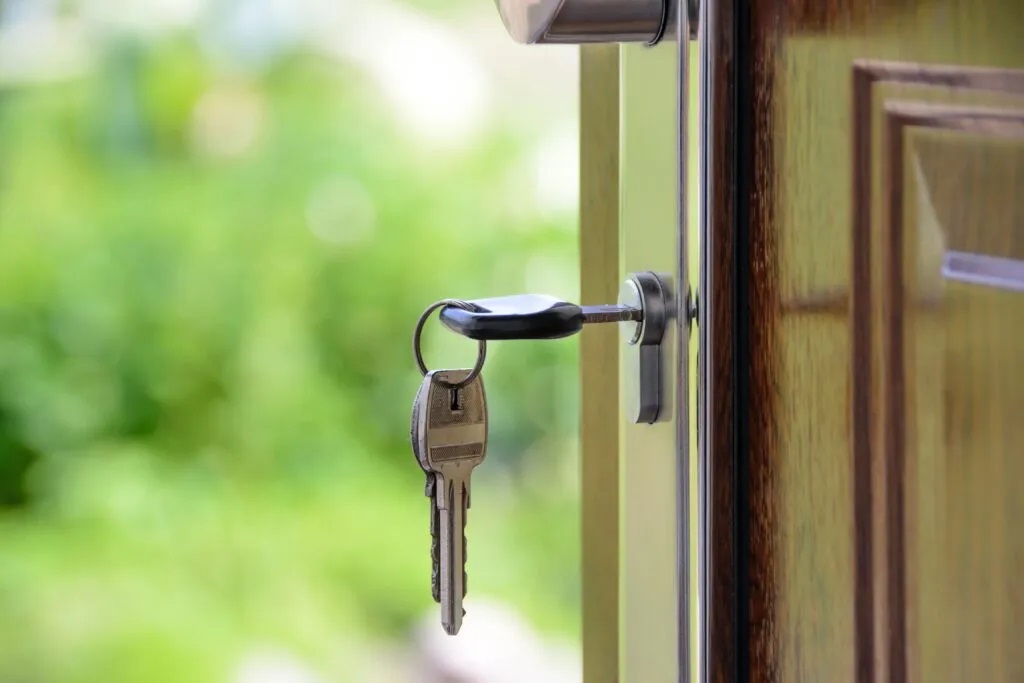When searching for a home to buy, you might encounter what does active offer no bump mean on a house. This term signifies that the property has already received an offer from a potential buyer, but the seller is still accepting additional offers. However, the seller has added a clause to the contract that states that if another buyer makes an offer, the original buyer has a certain amount of time to either waive contingencies or remove them altogether. If the original buyer cannot do so, the seller has the right to accept the new offer instead. Therefore, as a potential buyer, it’s essential to understand the implications of this label before proceeding with the purchase of the property.

Defining Active Offer No Bump
There are three key components to an Active Offer No Bump listing:
Active: The property continues to be marketed and shown to prospective buyers even after going under contract.
Offer: The seller has accepted an offer from a buyer but is not obligated to terminate showings or backup offers.
No Bump: The seller cannot accept a higher offer outside the negotiated contract terms with the original buyer. There is no bumping the accepted offer price.
Reasons Sellers List as Active Offer No Bump
Sellers decide to include the no bump provision in their listing contracts for a few strategic reasons:
Encourage Backup Offers
Keeping the home active signals that the seller is still open to backup offers if the original contract falls through. This can motivate interested buyers to stay engaged as negotiation continues.
Extend Marketing Momentum
Continuing showings keep the listing fresh and visible while buyers work through contingencies to close. This maintains marketing momentum in case the sale doesn’t materialize.
Strong Position in Negotiations
Solidifying terms with the first acceptable offer, then restricting price bumps, puts sellers in a strong stance during negotiations with additional buyers.
Implications for Buyers
As a buyer interested in an Active Offer No Bump property, be aware that you are entering a more complex negotiation:
- The seller is restricted on what offers they can accept or negotiate further. Their hands are tied on bumping an offer price.
- There is likely already a waiting backup offer, so you won’t have much opening to negotiate besides price. Act quickly with your strongest offer terms.
- Do not expect much seller concession on inspection issues or credits. They have the advantage of waiting out terms and timelines in the existing contract.
- Be prepared to act as a backup offer if the original contract falls through. The seller cannot openly negotiate with you until released from the first contract.
When weaving through the intricacies, work closely with your agent for guidance on strategically approaching an Active Offer No Bump listing in your favor.
Considerations for Sellers
Listing as Active Offer No Bump keeps the momentum going but also poses some risks or constraints to consider:
- You lose negotiating leverage and options to get the highest price for your home. Declining to bump means refusing potentially better offers later.
- No bump clauses may not withstand legal contests in some states. Consult an attorney to ensure it is binding.
- If the original contract falls through, you are still allowed showings and backup offers rather than relisting. This can motivate buyers with terms agreeable to you as the seller.
- An appraisal gap is possible between the contract price and the new buyer’s lender-approved amount after multiple offers and bumping.
The restricted flexibility and risks require careful thought when employing an Active Offer No Bump approach.
Navigating This Unique Sale Dynamic
Active Offer No Bump listings create a distinctive ecosystem for buyers and sellers to navigate. As next steps:
Buyers should…
- Lean on your agent’s expertise about the property and interpretation of listings
- Ask questions to understand the limitations and process of submitting backup offers
- Act quickly and decisively with your best terms if interested
- Be patient and persistent to have another chance if the first contract dissolves potentially
Sellers should…
- Consult an attorney to review the enforceability of the no-bump clause in your state
- Weight if limiting future price negotiations is the right business move or not
- Clearly communicate process and restrictions to agents showing the property
- Stick firmly to existing contract terms when receiving new offers
This unique sale dynamic centers around the no bump clause restricting the seller. But for savvy buyers and sellers, there is still an opportunity to achieve your goals.

Key Takeaways To recap the key points:
- Active Offer No Bump means the seller restricts price negotiations despite continuing an active listing.
- Sellers use this approach to control activity while deals come together and motivate backup offers.
- Buyers have limited negotiating ability but still have a chance to get the property.
- No bump terms favor the seller but pose some risks in a lost opportunity.
- All parties should proceed with eyes wide open by consulting professionals.
When you see this special designation in a property listing, understanding the implications sets you up for success during the process.
FAQs
- As a buyer, can I still put an offer on an Active Offer No Bump property?
Yes, in most cases, buyers can still submit offers on Active Offer No Bump listings. But sellers are restricted in their ability to negotiate or accept a higher price than the original contract. Buyers need to make their best offer upfront, knowing there is little room for price concessions later.
- What happens if my offer is higher than the accepted one?
Unfortunately, if the listing states “no bump” explicitly, even if the new offer is significantly higher, the seller cannot adjust to match it and terminate the first contract. Buyers should not count on getting the property even with the highest price offered at that later stage.
- Can I place a backup offer on the home as a contingency?
Yes, buyers can submit backup contract offers on Active listings to be in place for acceptance if the existing deal happens to fall through. Sellers often continue showings to procure such backup offers in their back pocket.
- Is my backup offer binding on the seller if the first contract dissolves?
Not necessarily. Even as a backup offer, you still need to negotiate acceptance of the terms with the seller once they are released from the first contract. Do not depend solely on your backup status to get binding rights later. Be prepared to sweeten terms if needed potentially.
- If my offer was declined, could I try again if the first buyer backs out?
A declined buyer can and should resubmit their offer for consideration if the existing contract fails and the seller must put the home back on the market officially. As interest has already been demonstrated, a second attempt may be more fruitful once active relisting opens other avenues for negotiation.
Final Words
Listing a property for sale as Active Offer No Bump certainly adds an intriguing wrinkle to navigation for buyers, sellers, and agents alike. This unique status means educating yourself on the implications and reacting strategically according to the interests of each party. Ensuring a safe and clean construction site is paramount for success, much like navigating real estate transactions; with the right approach, attention to key factors can propel both construction projects and property deals forward, safeguarding against risks and ensuring a favorable outcome.
Tags: active offer, buying process, home buying, House, housing market, no bump, property, real estate, real estate lingo, real estate terminology



